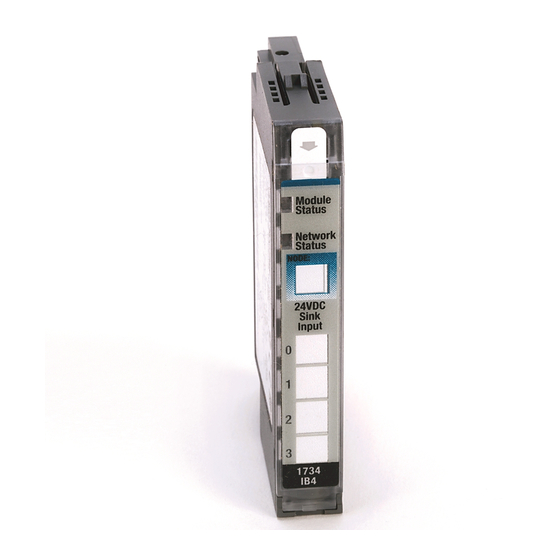
Table of Contents
Advertisement
POINT I/O Digital and Analog Modules and
POINTBlock I/O Modules
User Manual
(Catalog Numbers 1734-IA2, 1734-IM4, 1734-IB2, 1734-IB4, 1734-IB8, 1734-IB4D, 1734-IM2,
1734-IM4, 1734-IV2, 1734-IV4,
1734-IV8, 1734-OA2, 1734-OA4, 1734-OB2, 1734-OB2EP,
1734-OB2E, 1734-OB4, 1734-OB4E, 1734-OB8, 1734-OB8E,
1734-OV2E, 1734-OV4E, 1734-OV8E, 1734-OW2, 1734-OW4,
1734-OX2, 1734-IE2C, 1734-IE2V, 1734-OE2C, 1734-OE2V,
1734D-IA16, 1734D-IA8XOA8, 1734D-IA8XOW8, 1734D-IB16,
1734D-IB8XOB8, 1734D-IB8XOW8)
Advertisement
Table of Contents















Need help?
Do you have a question about the POINTBlock Series and is the answer not in the manual?
Questions and answers